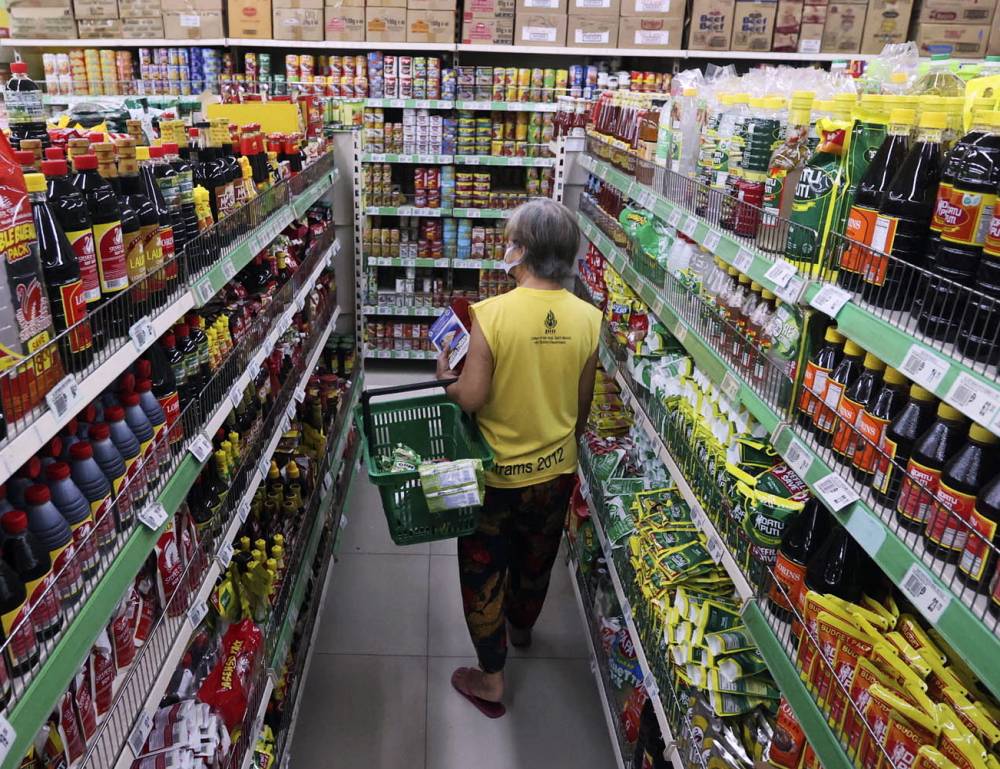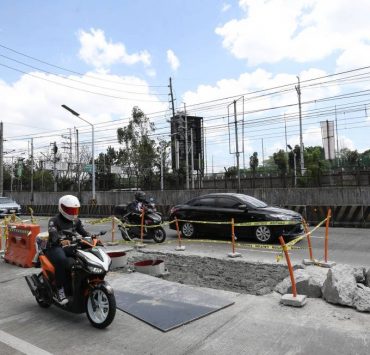WB bullish on PH growth

A “healthy” labor market and domestic demand should help the Philippines sustain an average growth of 5.9 percent from this year until 2026, the World Bank said in a new forecast that also sees a “gradual” decline in poverty in the country.
In its latest “East Asia and the Pacific Economic Update” report released Monday, the Washington-based lender kept its economic growth forecast for this year at 5.8 percent. It also said growth should inch up to 5.9 percent in 2025 and 2026.
While the Bank said that its outlook on the Philippines “remains positive,” the latest forecasts were lower than the targets of the Marcos administration, which pegged growth at between 6.5 and 7.5 percent this year, and at 6.5 to 8 percent from 2025 until 2028.
In 2023, the government failed to hit its growth target of 6 to 7 percent after the economy expanded at a slower pace of 5.6 percent due to painfully high inflation and expensive borrowing costs that sapped consumption, a traditional growth driver.
But things have been better now, Aaditya Mattoo, chief economist for East Asia and the Pacific at World Bank, said as he took note of the resiliency that domestic demand and the services sector had shown in the face of inflation, which finally eased to within the 2 to 4 percent target range of the Bangko Sentral ng Pilipinas.
“What has sustained growth in the Philippines like much of the region has been consumption and the recovery in services,” Mattoo told a press conference.
Moving forward, Mattoo said the biggest risk to the Philippines’ growth story is the threat of climate change. This risk, he explained, can be mitigated by investments in infrastructure and agriculture.
The World Bank economist also flagged geopolitical risks that can cause supply chain disruptions and stoke inflation, as well as “macro policy shocks” like rate hikes that may derail recovery.
Poverty reduction
What fueled local demand despite the inflation onslaught last year was a robust jobs market and “firming investment activity” that kept many Filipinos employed amid hard times, World Bank explained in a separate report called “Macro Poverty Outlook” also released Monday.That strength, the bank said, is expected to pluck out more Filipinos from poverty. The World Bank said poverty incidence—using its $3.65 per day threshold for lower-middle income countries—is projected to fall to 12.2 percent in 2024, from 17.8 percent in 2021.
In 2026, the lender sees the Philippines’ poverty rate further falling to 9.3 percent.
“Risks to the outlook remain tilted to the downside,” World Bank said. “On the domestic front, persistently high inflation would dampen economic activity by keeping the policy rate higher for longer, erode purchasing power, and threaten to deepen poverty,” it added.
President Marcos has set an ambitious goal of bringing down poverty to 9 percent before the end of his six-year term in 2028.

















